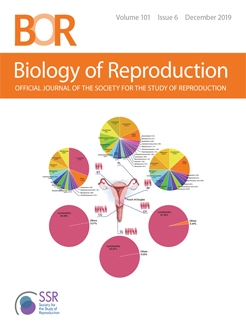We review here the evolution in the field of embryo aneuploidy testing over the last 20 years, from the analysis of a subset of chromosomes by fluorescence in situ hybridisation to the transition toward a more comprehensive analysis of all 24 chromosomes. This current comprehensive aneuploidy testing most commonly employs next-generation sequencing (NGS). We present our experience in over 130 000 embryo biopsies using this technology. The incidence of aneuploidy was lower in trophectoderm biopsies compared to cleavage-stage biopsies. We also confirmed by NGS that embryo aneuploidy rates increased with increasing maternal age, mostly attributable to an increase in complex aneuploid embryos. In contrast, the number of MII oocytes retrieved or the use of oocyte vitrification did not affect aneuploidy rates. Similarly, neither maternal age, oocyte number, nor oocyte vitrification affected the incidence of mosaicism. Analysis of clinical outcomes, indications, and potential benefits of embryo aneuploidy testing revealed advanced maternal age as the most favored group, with some evidence of improved delivery rate per transfer as well as decreased miscarriage rates and time to pregnancy. Other indications are: recurrent miscarriage, repetitive implantation failure, severe male factor, previous trisomic pregnancy, and good prognosis patients mainly undergoing single embryo transfer, with the latter indication used to reduce the occurrence of multiple pregnancies without compromising cycle outcome. In conclusion, NGS has become the most appropriate technology for aneuploidy testing in trophectoderm biopsies, with accurate results, high throughput, and cost efficiency. This technology can be also applied to the analysis of the embryonic cell free DNA released to the culture media at blastocyst stage. This is a promising approach towards a non-invasive preimplantation genetic testing of aneuploidy.
Summary Sentence
NGS has become the most appropriate technology to apply for aneuploidy testing in trophectoderm biopsies, offering accurate results with a high throughput and cost efficiency.





